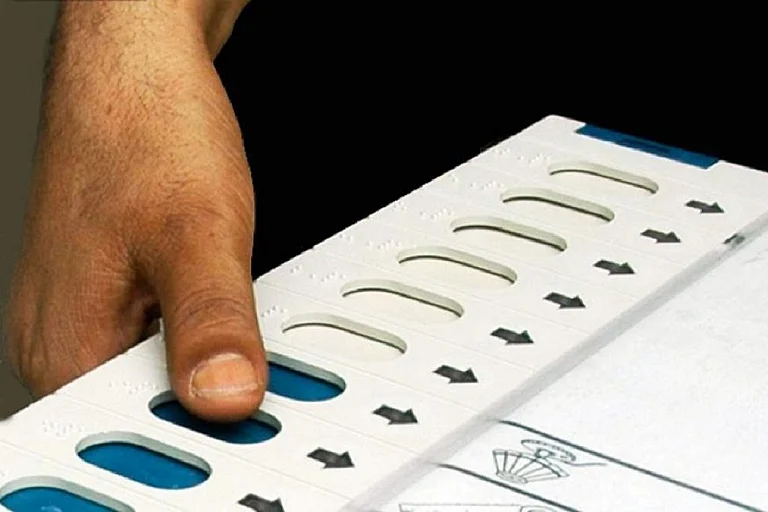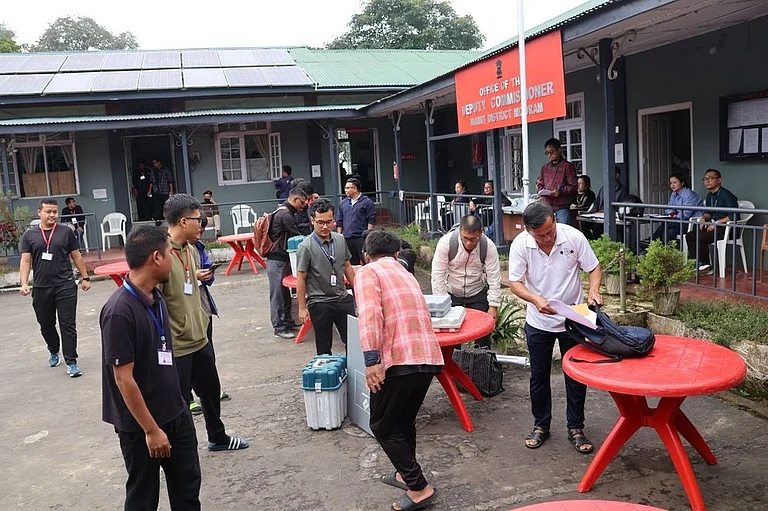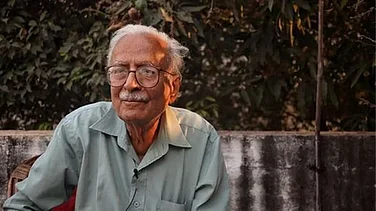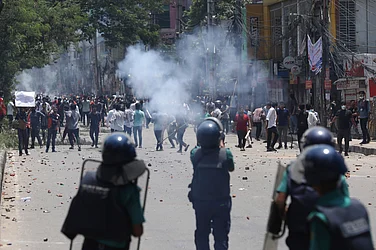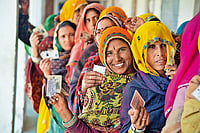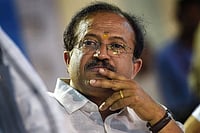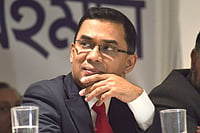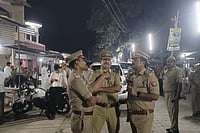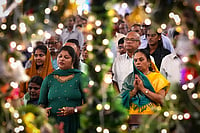
Five candidates will contest the Dampa bypoll in Mizoram on 11 November.
MNF risks losing Leader of Opposition status if it loses the seat.
ZPM aims to strengthen its position ahead of upcoming local elections.
Five candidates will contest the by-election for the Dampa assembly seat in Mizoram’s Mamit district, with none withdrawing their nominations, an election official said on Friday.
According to PTI, Mizoram Chief Electoral Officer Dr Lalrozama confirmed that the last date for withdrawal of nominations passed without any candidate opting out.
The ruling Zoram People's Movement (ZPM) has fielded Mizo singer and preacher Vanlalsailova, while the main opposition Mizo National Front (MNF) has nominated party senior vice president and former Health minister Dr R Lalthangliana. The Congress party has chosen its vice president and former transport minister John Rotluangliana as its candidate.
The Bharatiya Janata Party (BJP) has put forward Lalhmingthanga, who recently joined the party, and the People's Conference, led by former chief minister Brig T Sailo, has fielded its vice president K. Zahmingthanga.
The by-election follows the death of sitting MNF MLA Lalrintluanga Sailo on 21 July and is expected to influence Mizoram’s political dynamics ahead of the 2028 assembly polls. PTI reported that the contest is also seen as a gauge for the ZPM ahead of elections for the Lai Autonomous District Council (LADC) and Aizawl Municipal Corporation (AMC) later this year.
For the MNF, the stakes are high. Losing the Dampa seat would leave the party with only nine members in the 40-member assembly, falling short of the 10 required for the Leader of Opposition post.
Polling will be conducted at 41 stations on 11 November, with counting scheduled for 14 November, Dr Lalrozama said. A total of 20,790 voters, including 10,185 women, are eligible to vote.
Meanwhile, the first round of training for polling staff was conducted in Mamit town on Friday. PTI reported that officials provided instruction on polling station arrangements, statutory and non-statutory forms, the voting process, and hands-on training with EVMs.
(With inputs from PTI)







